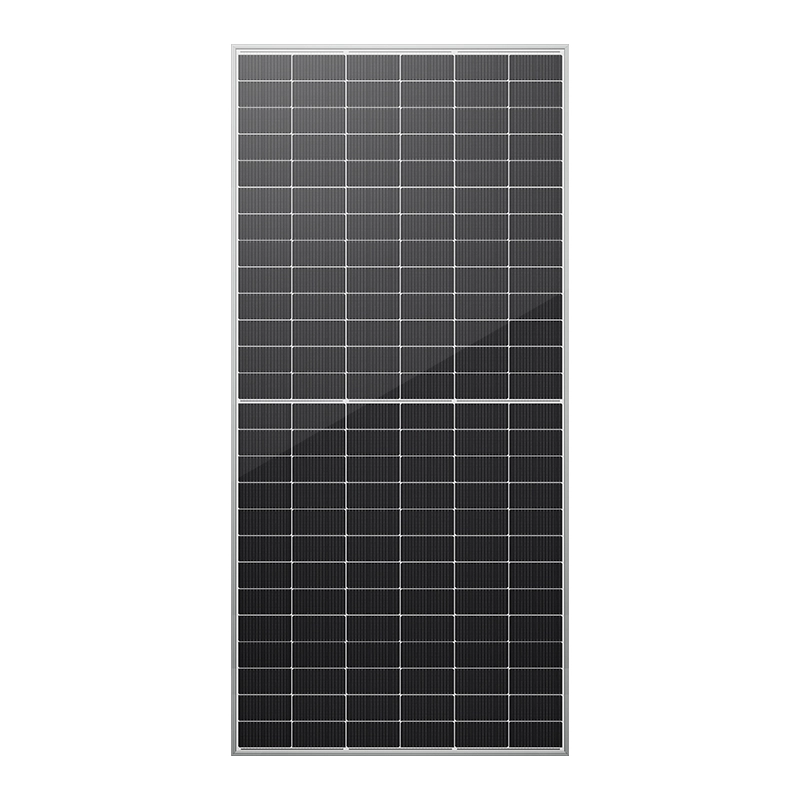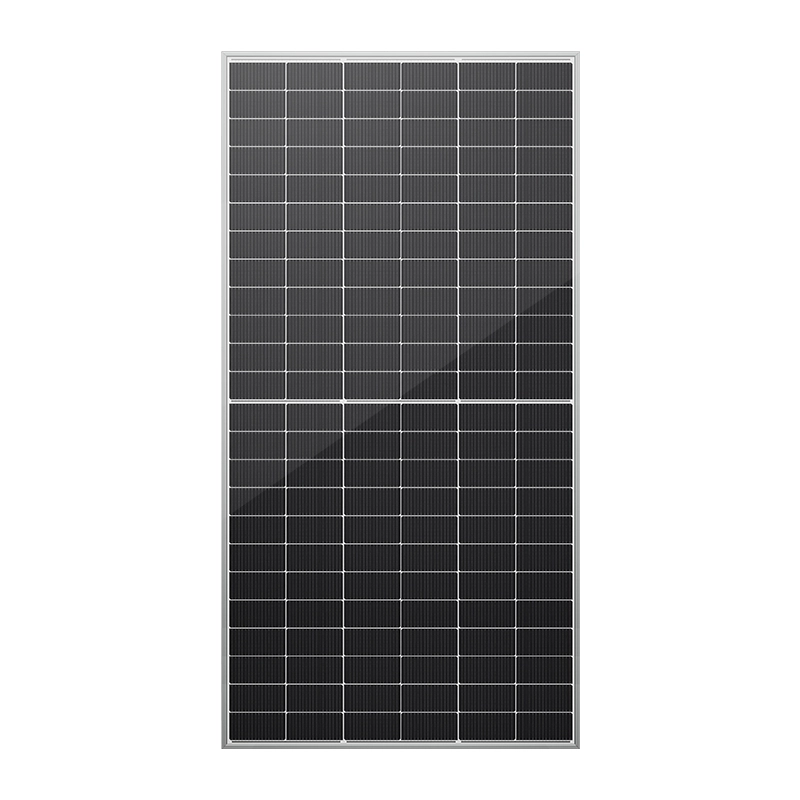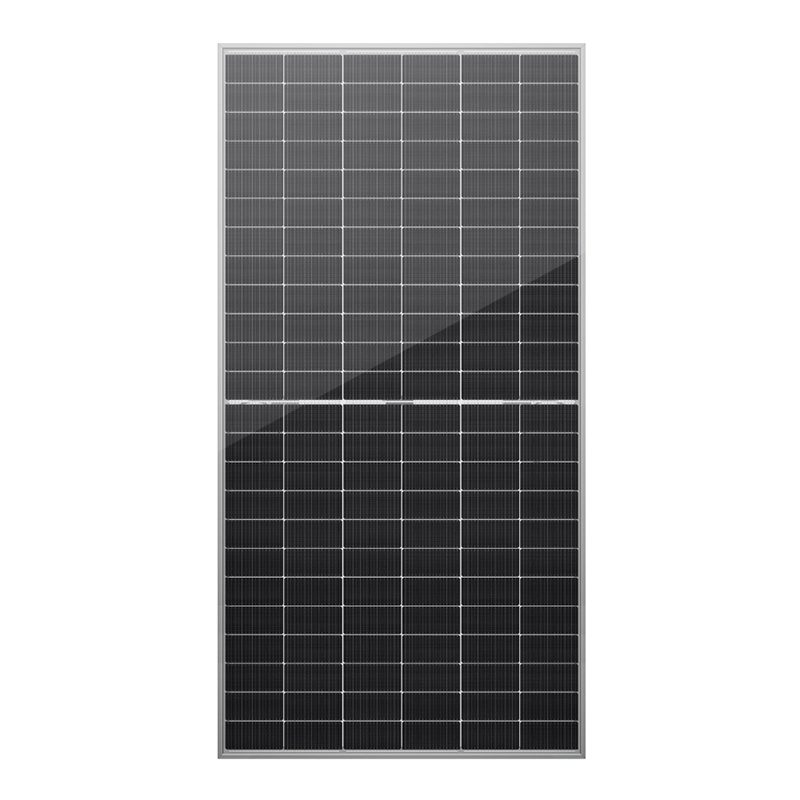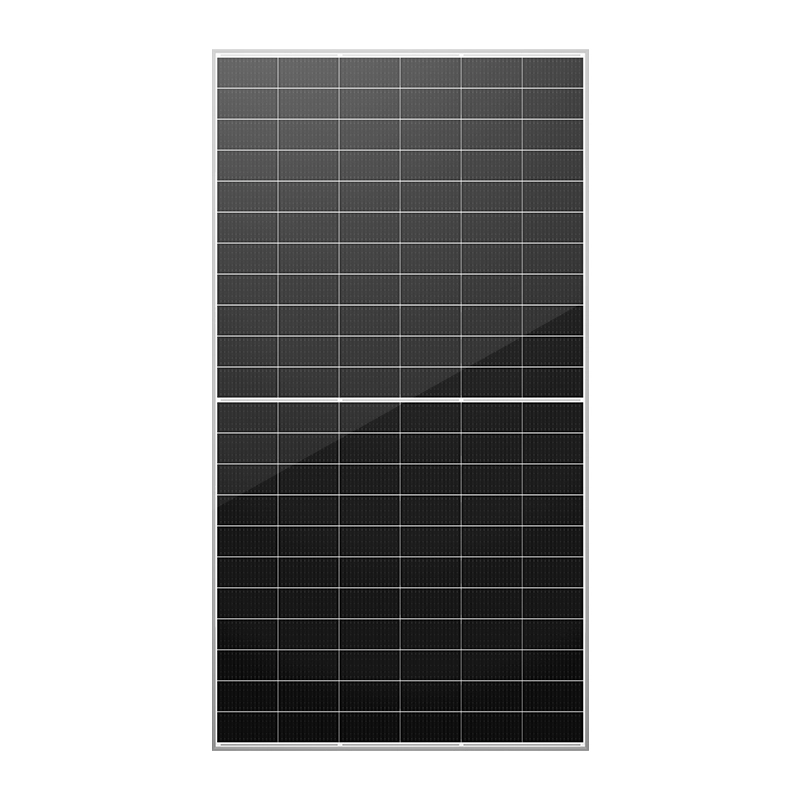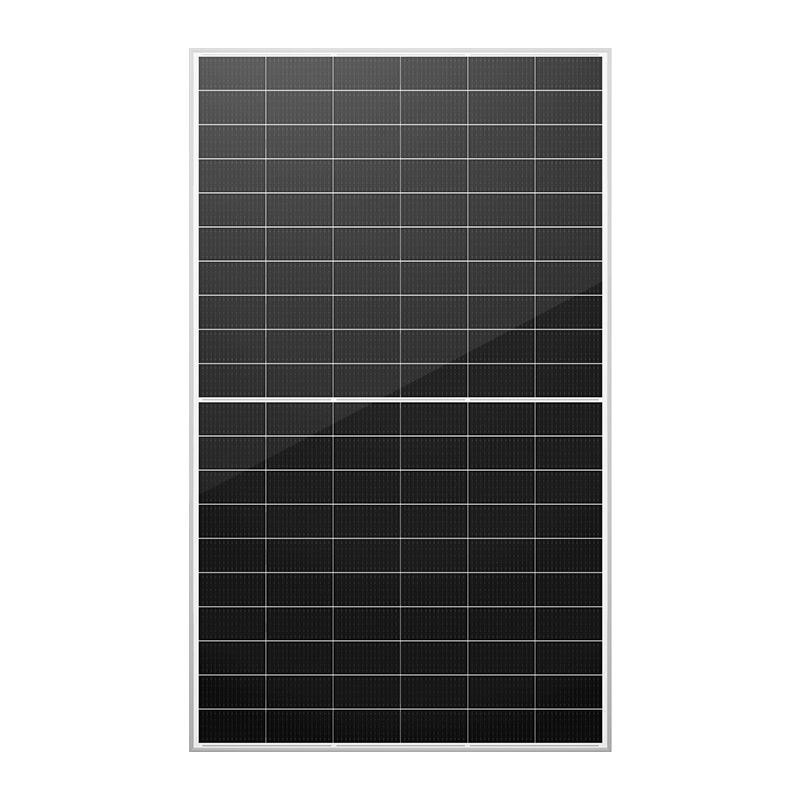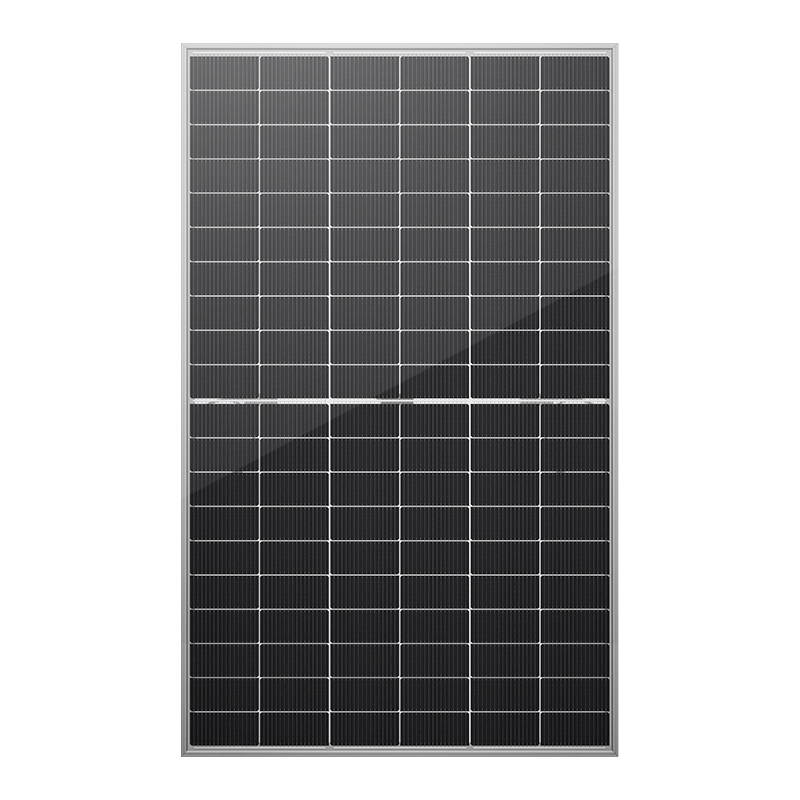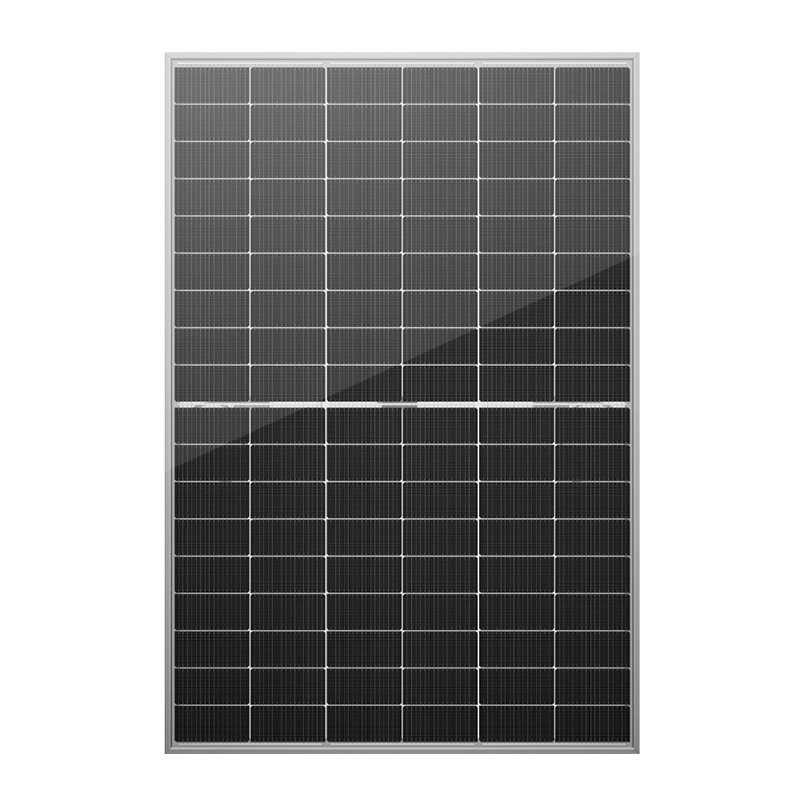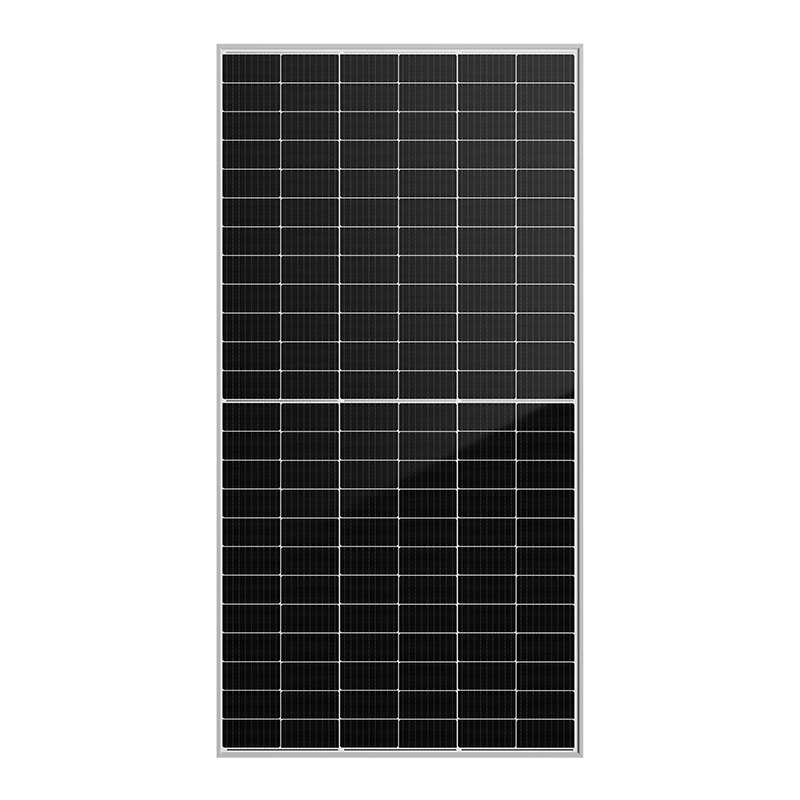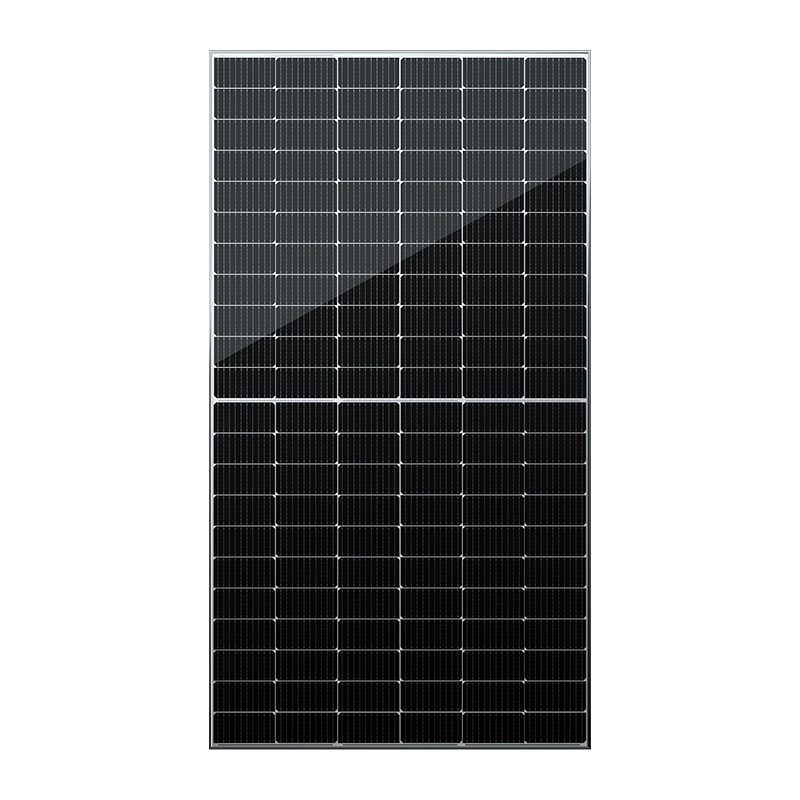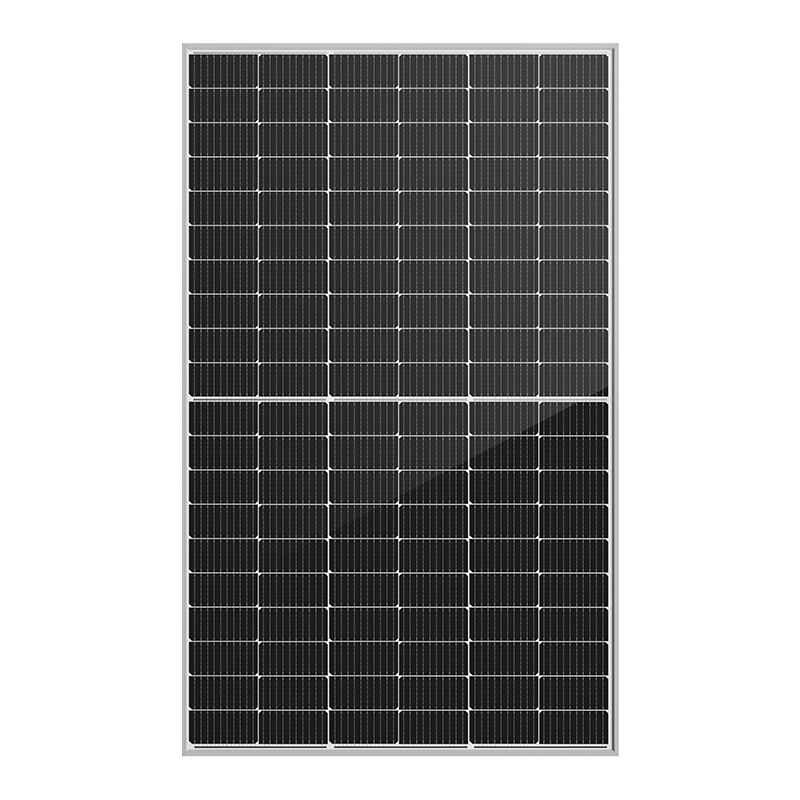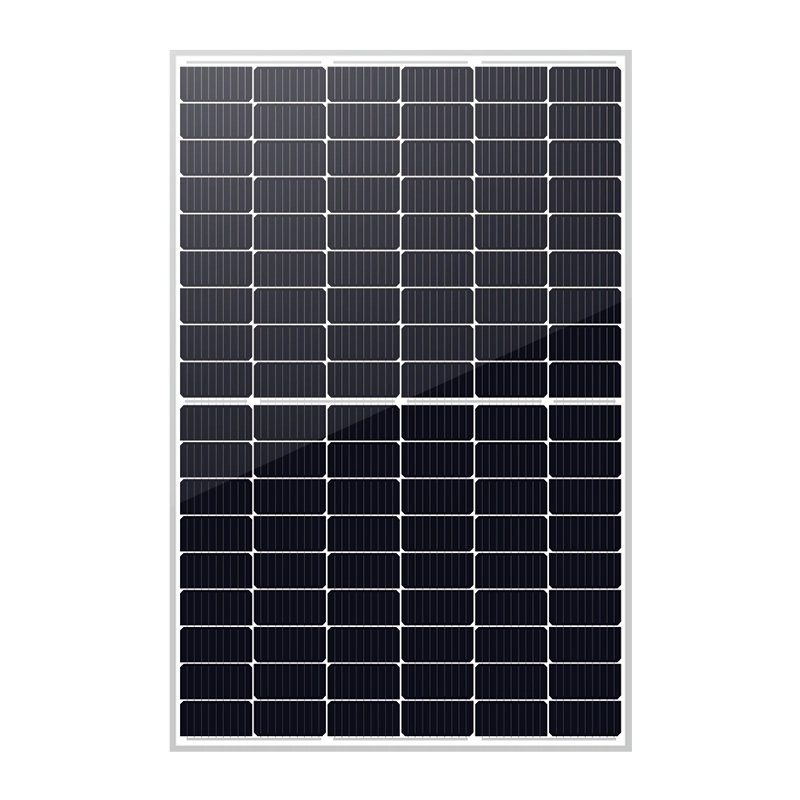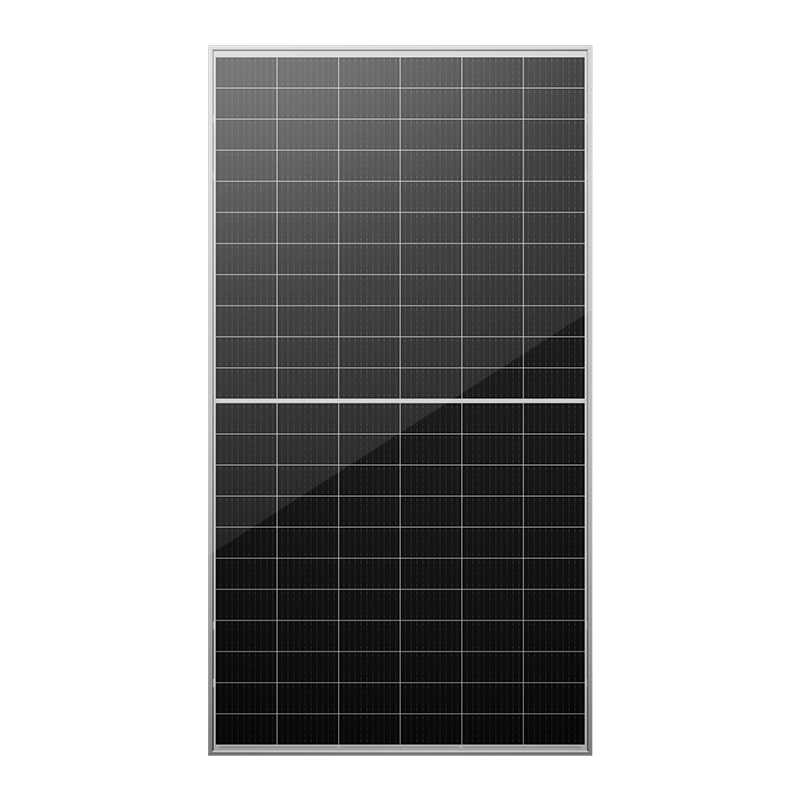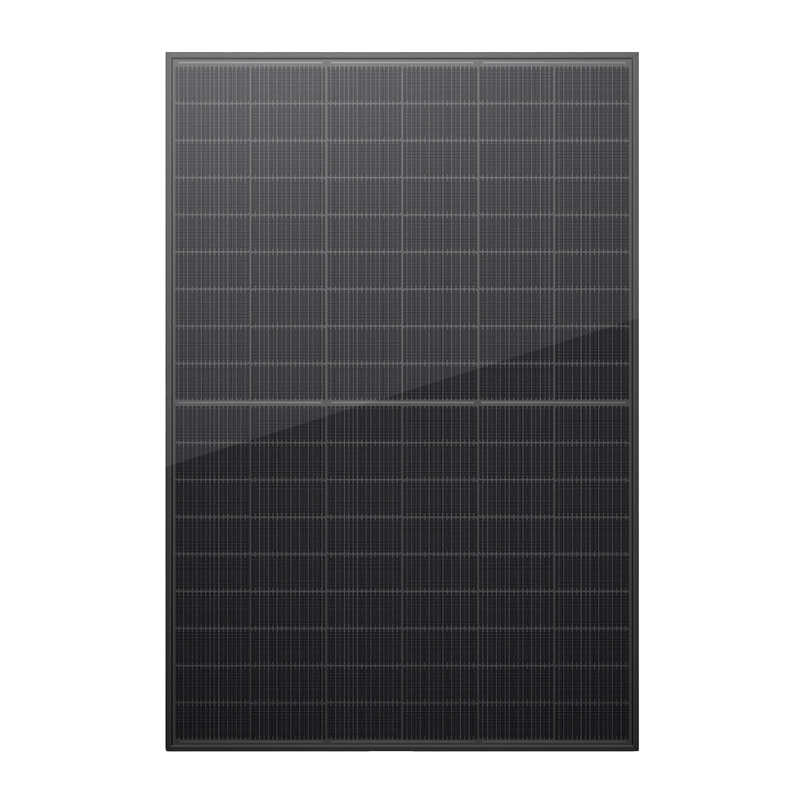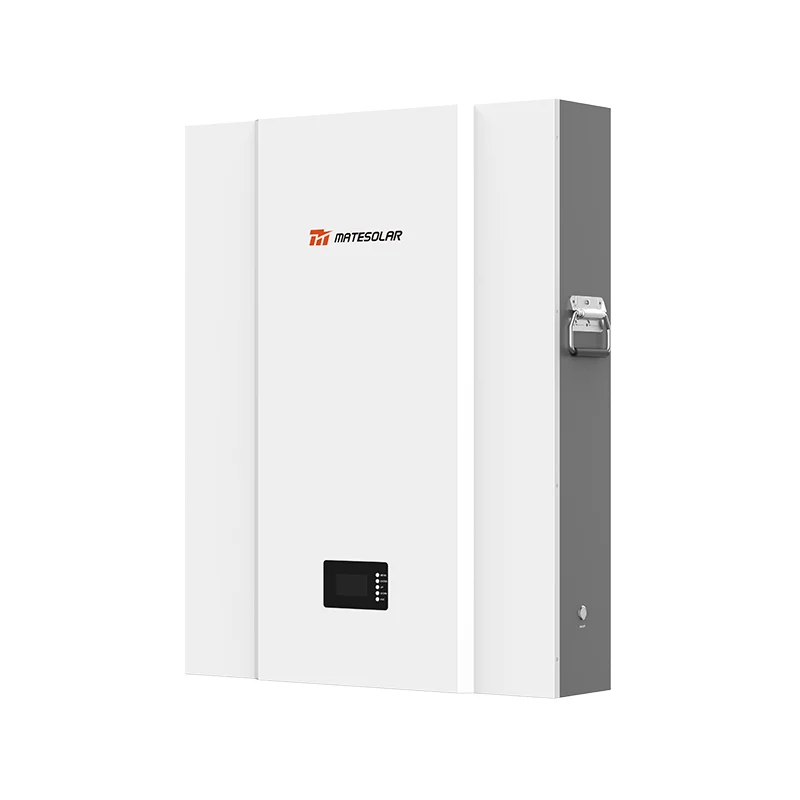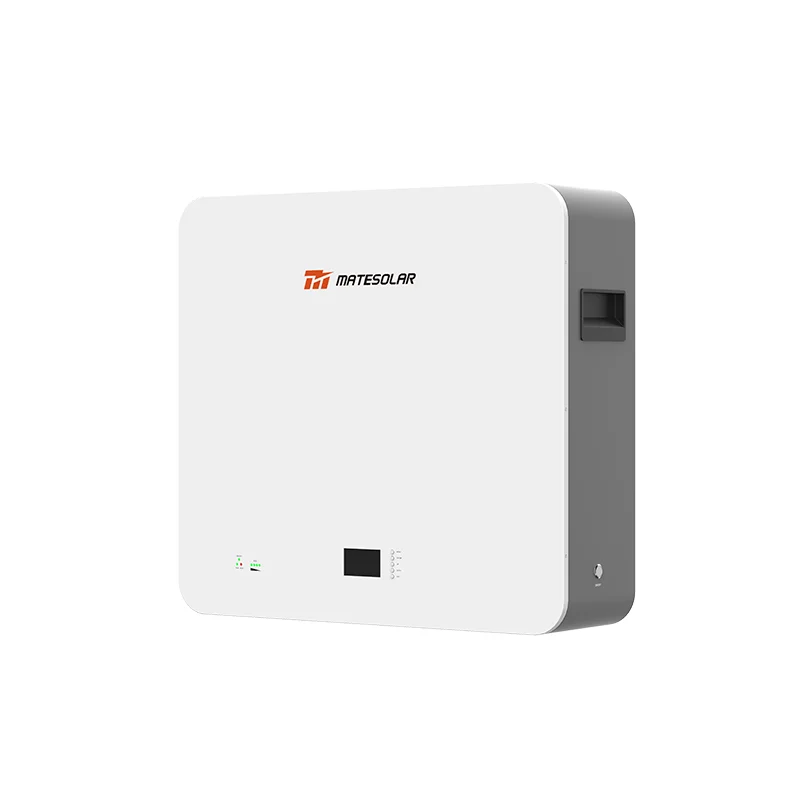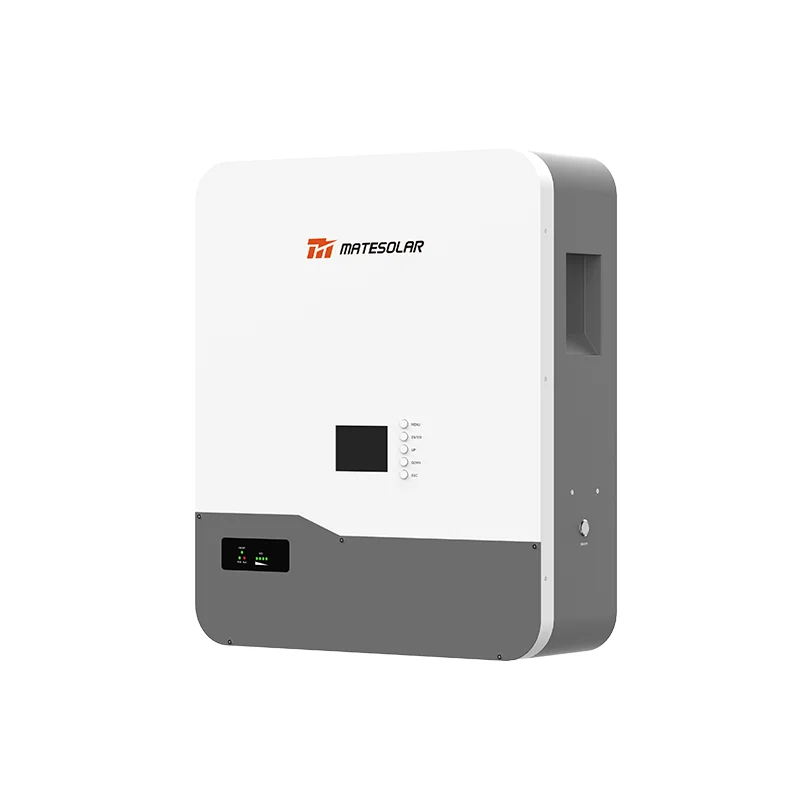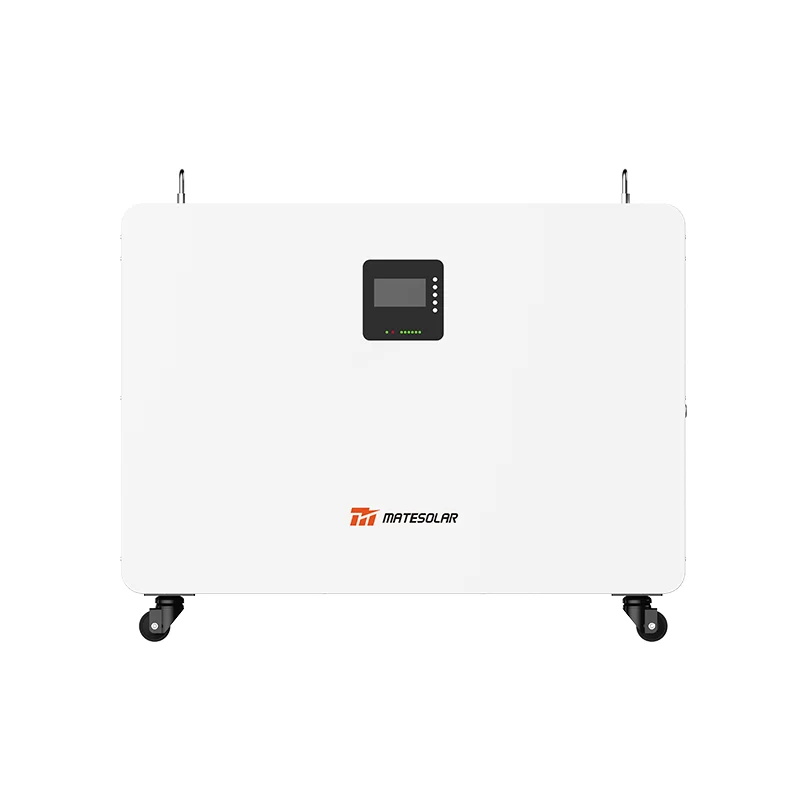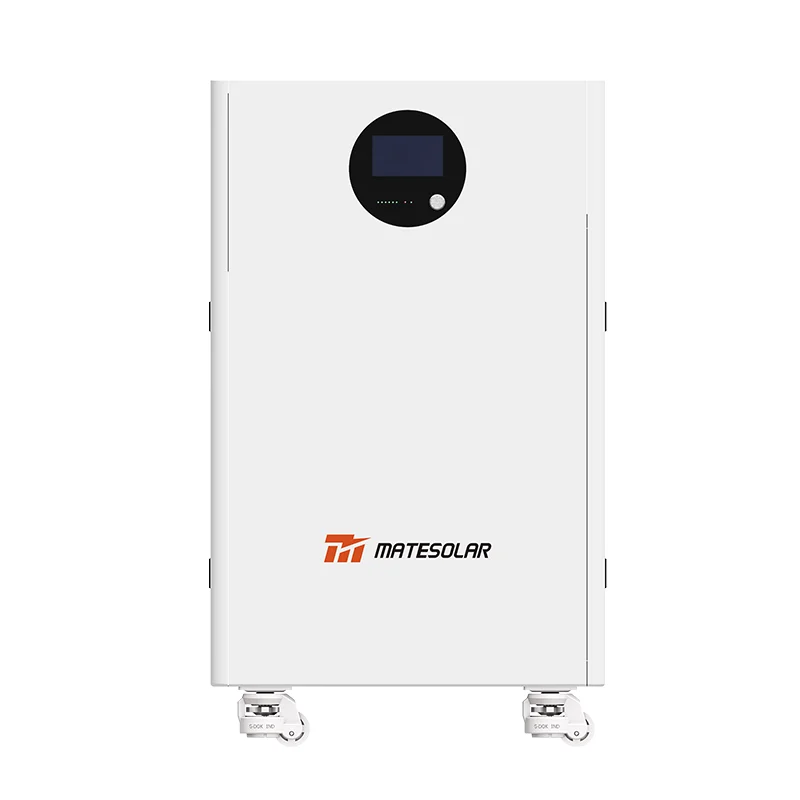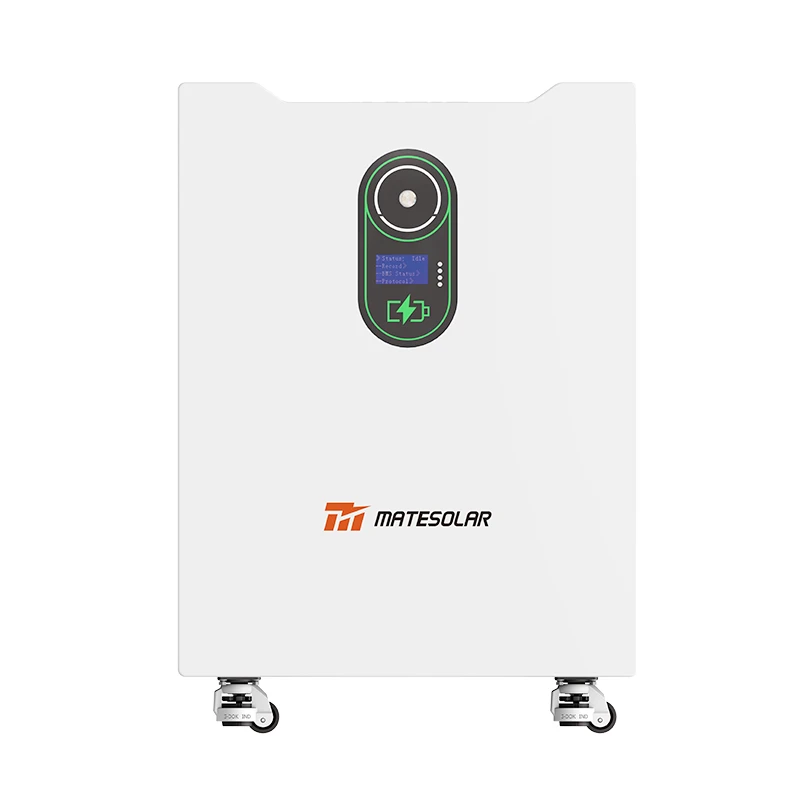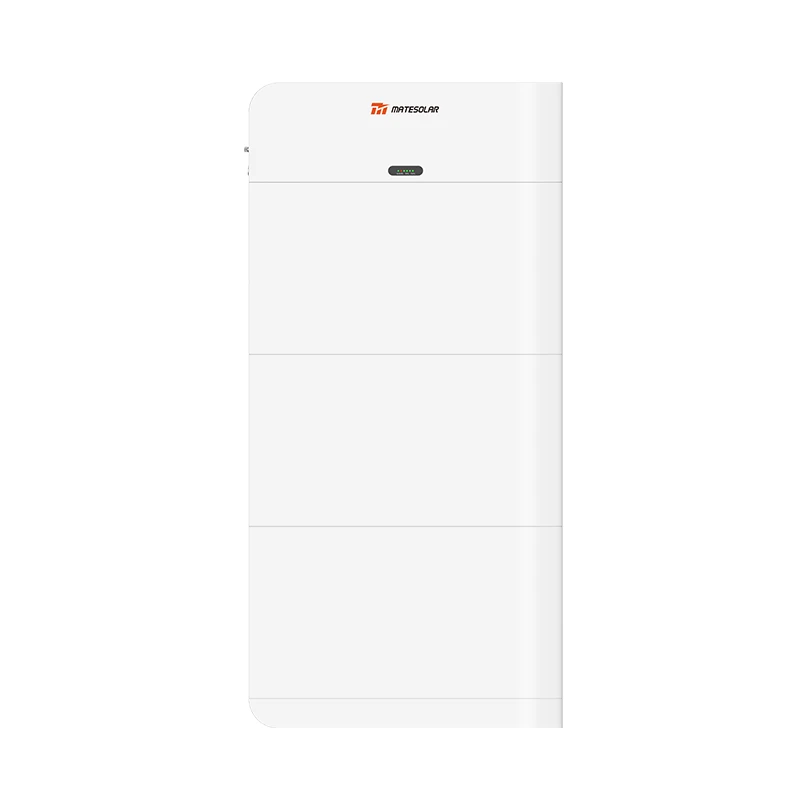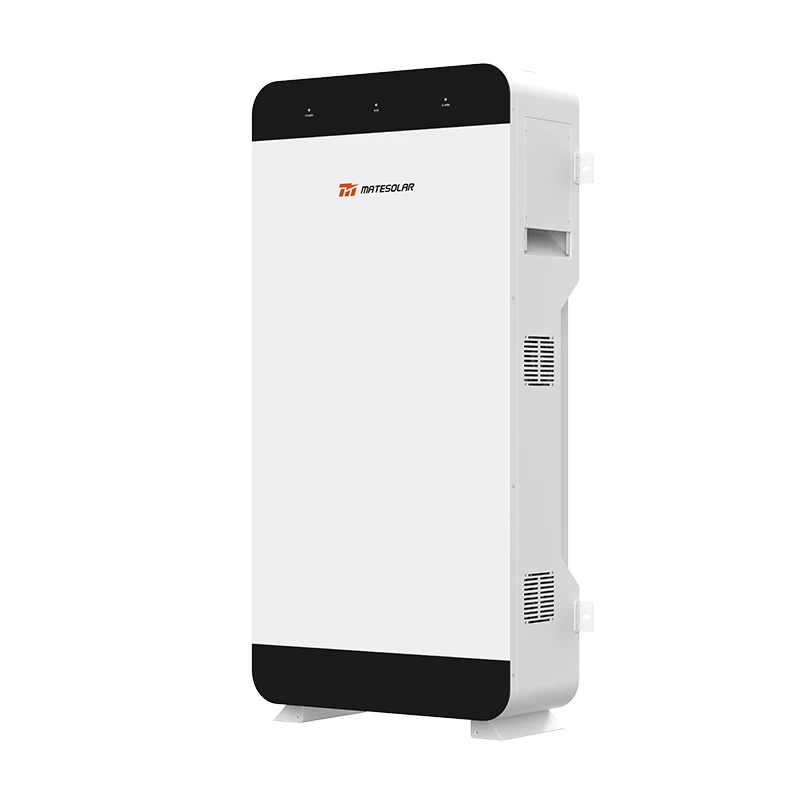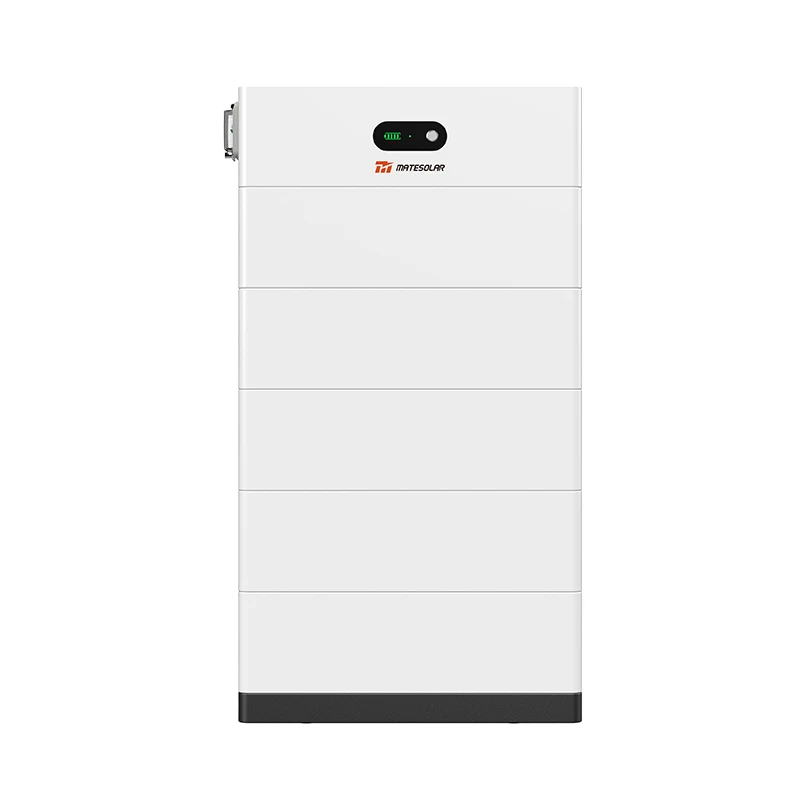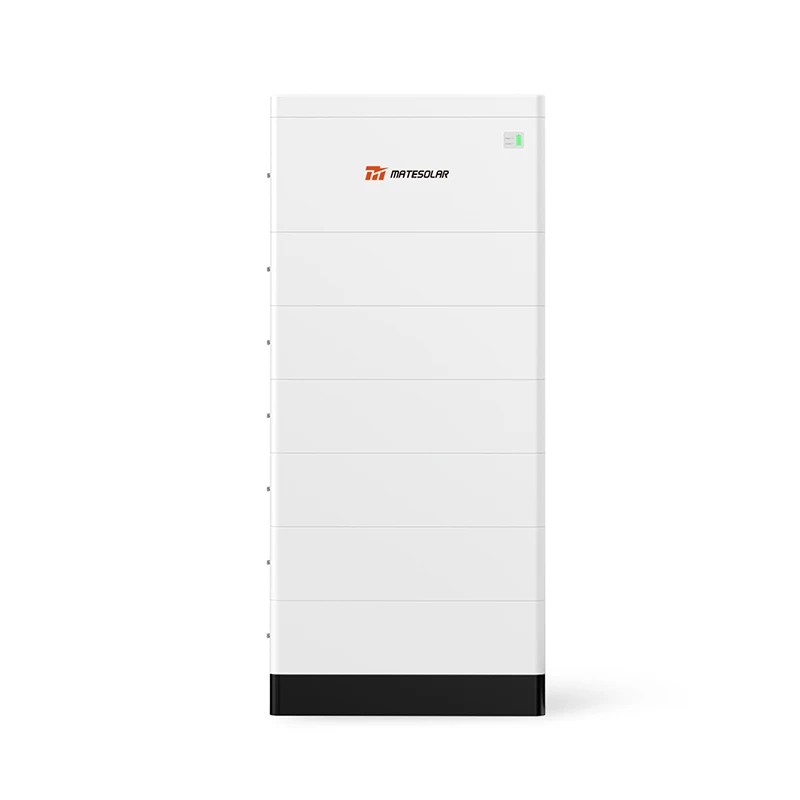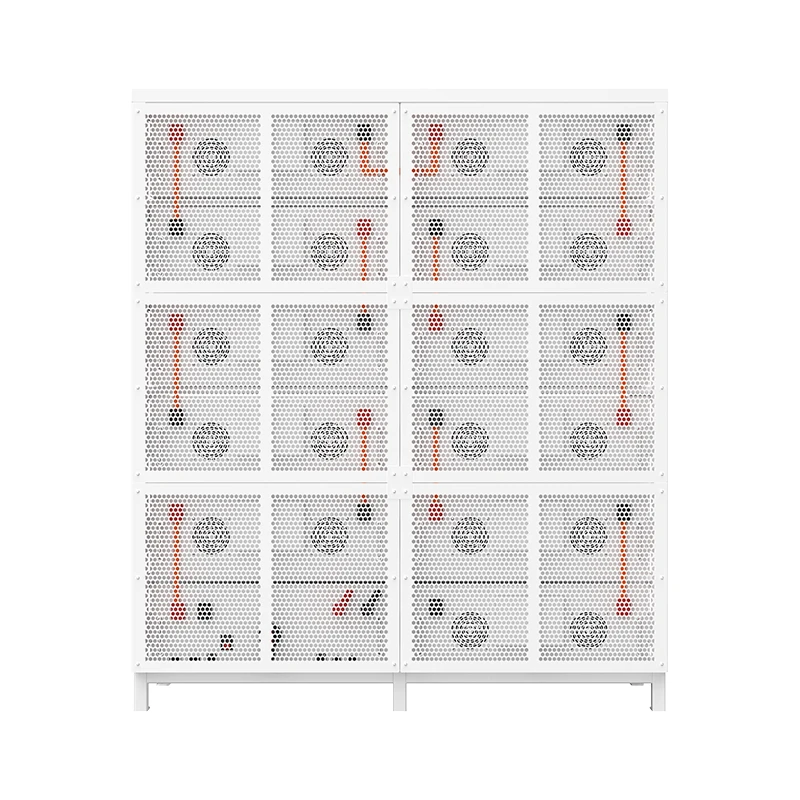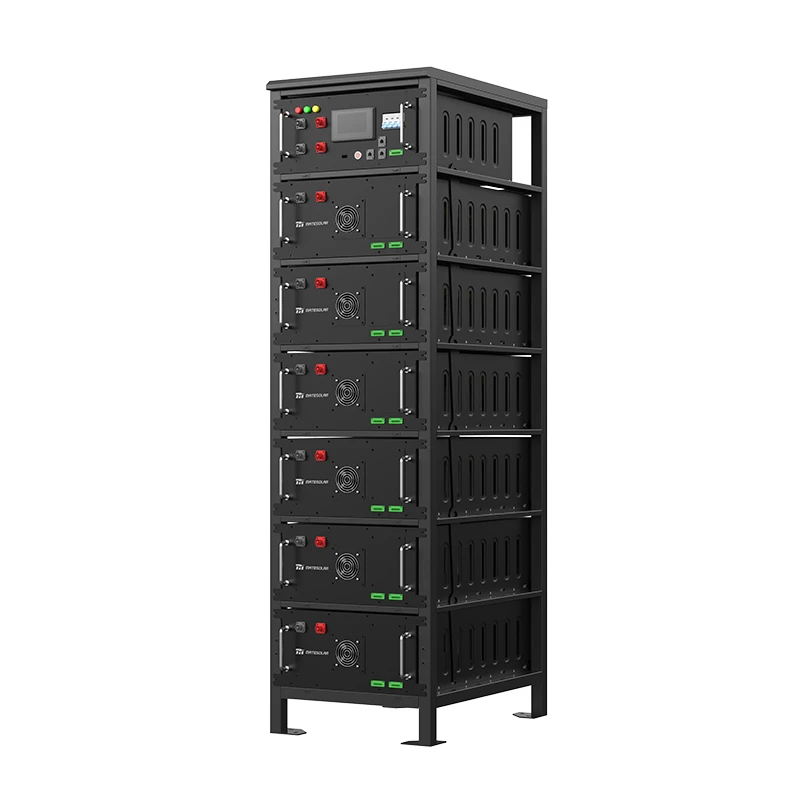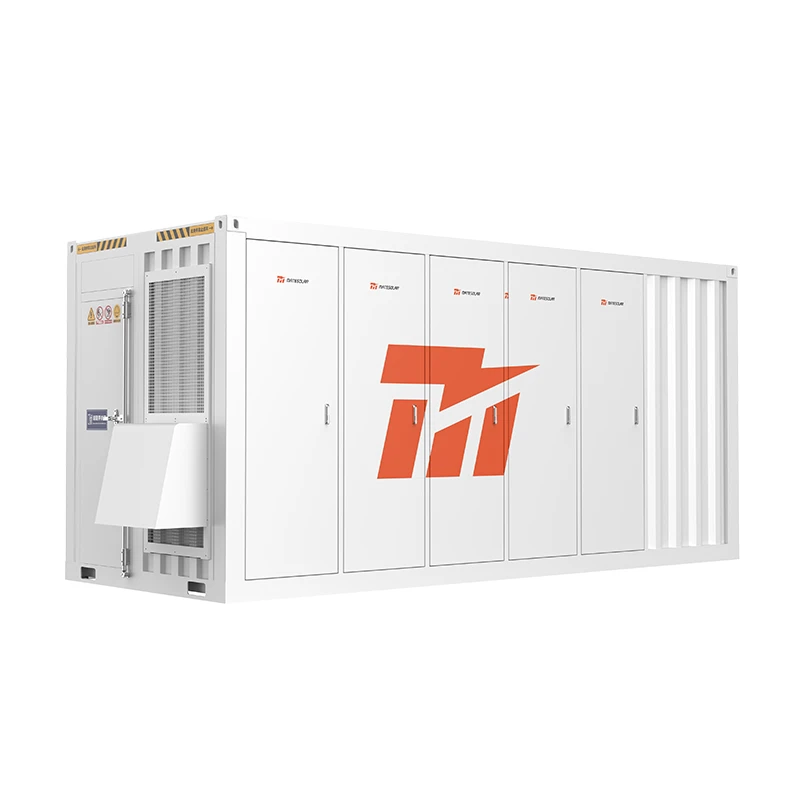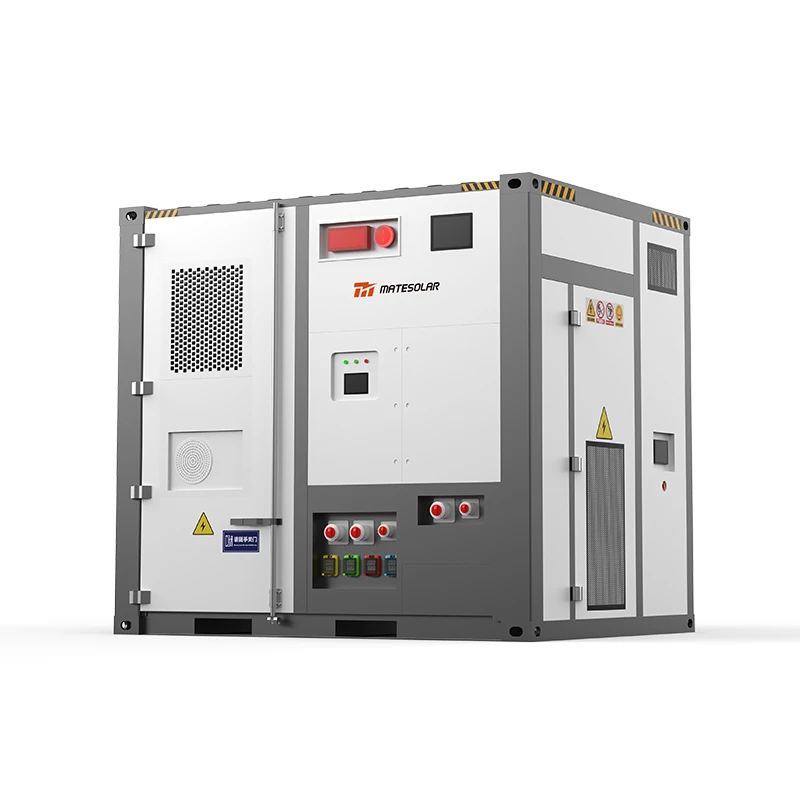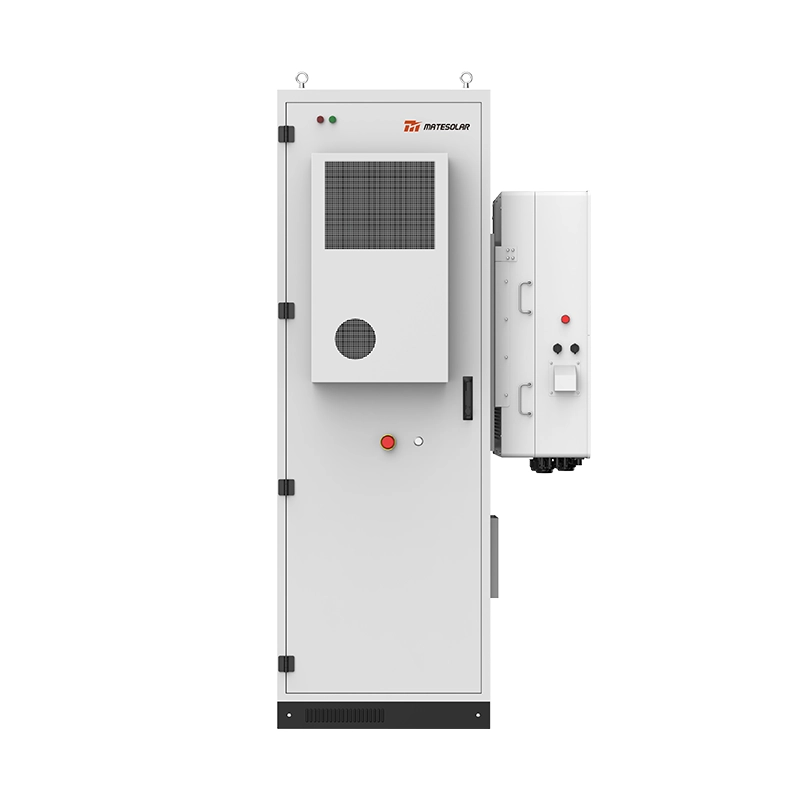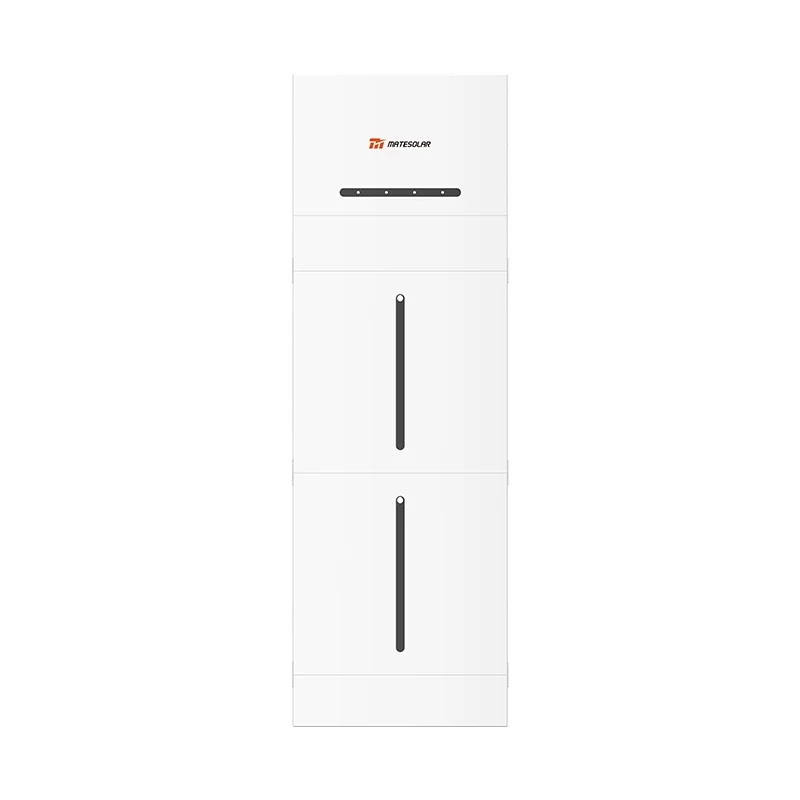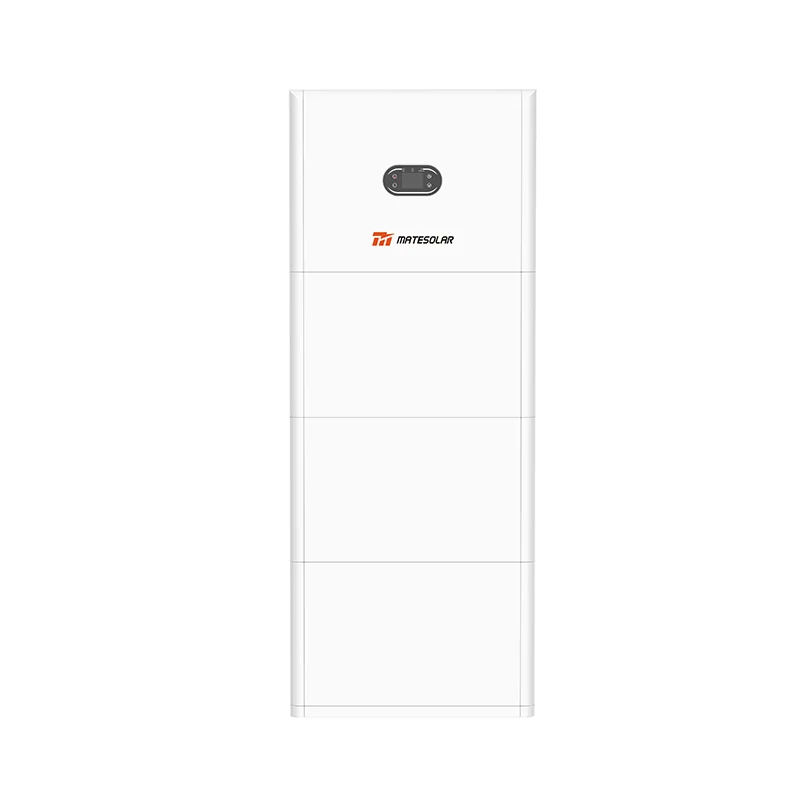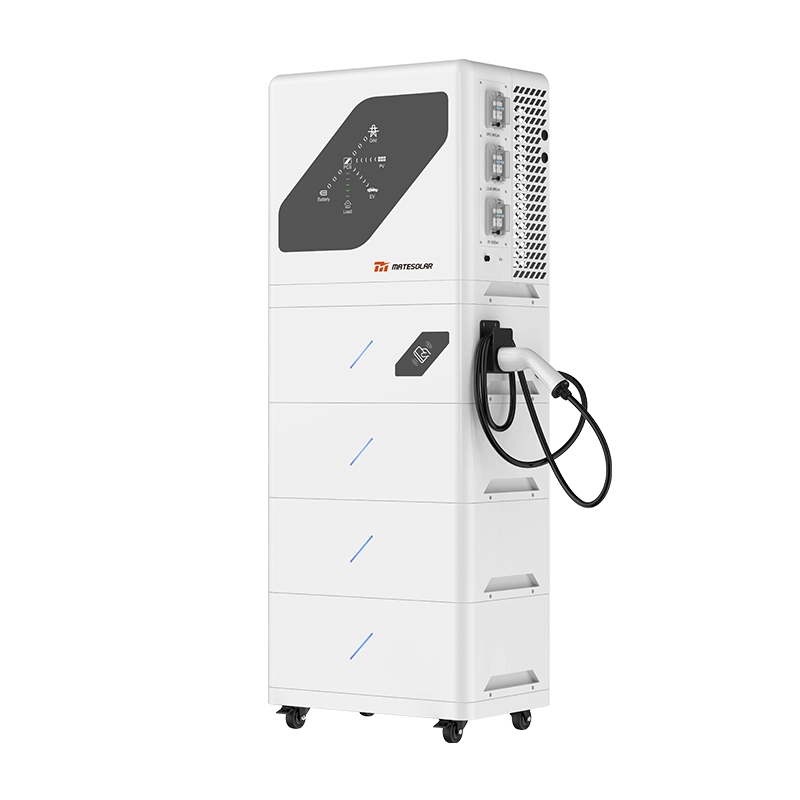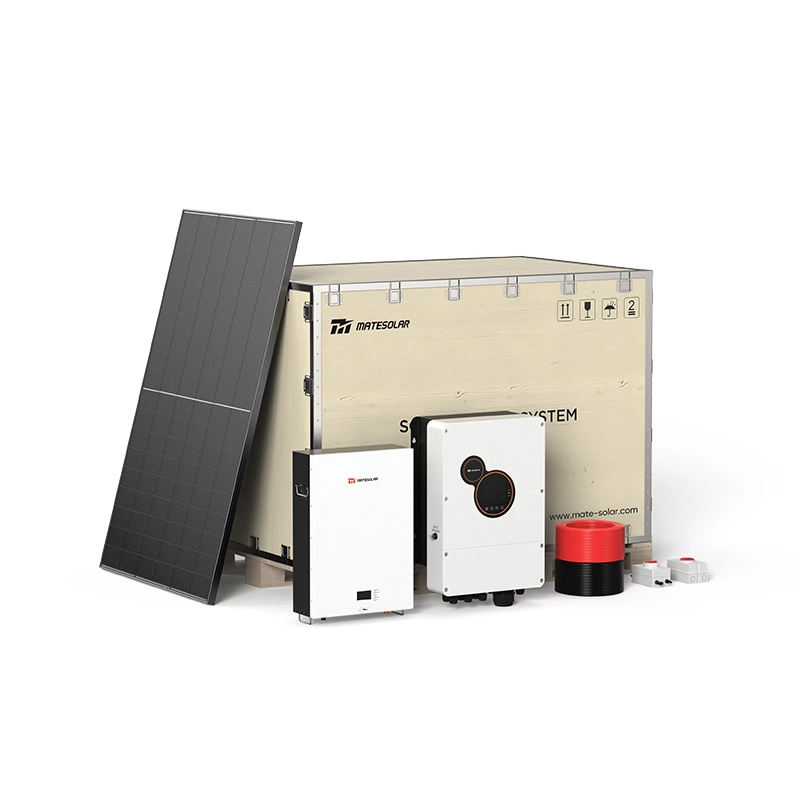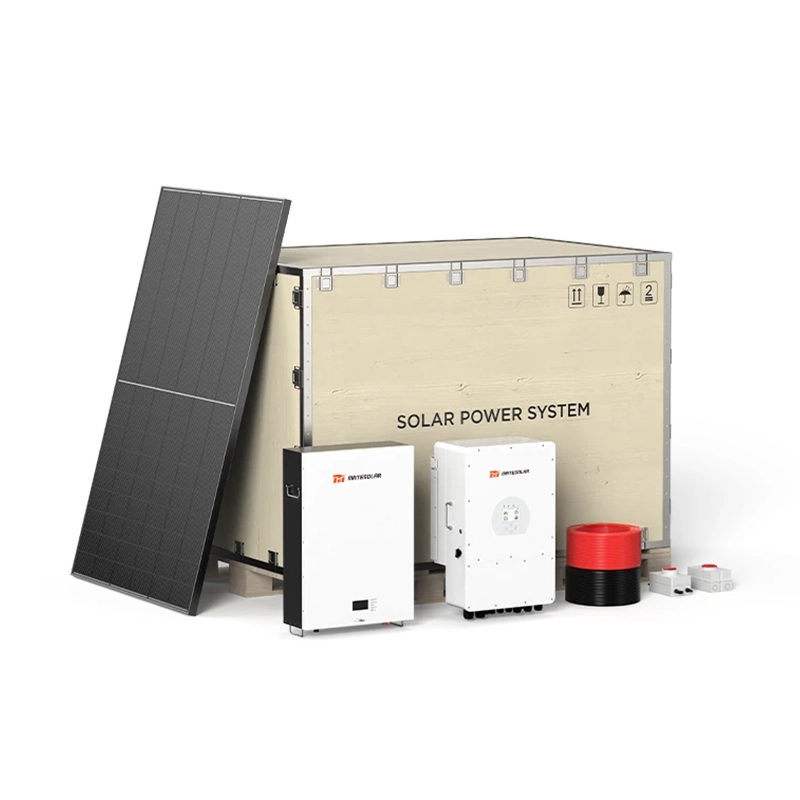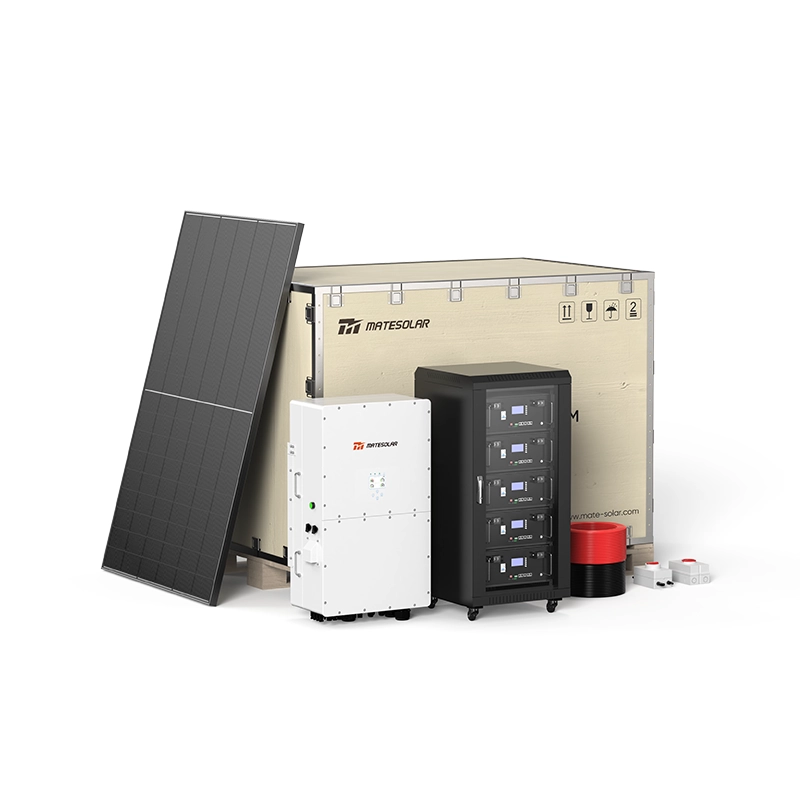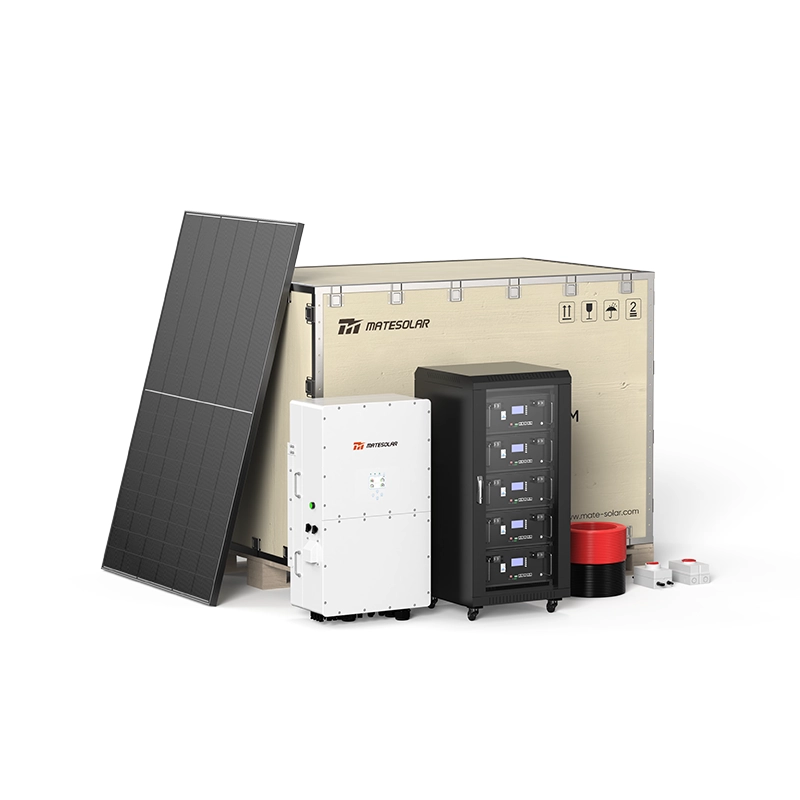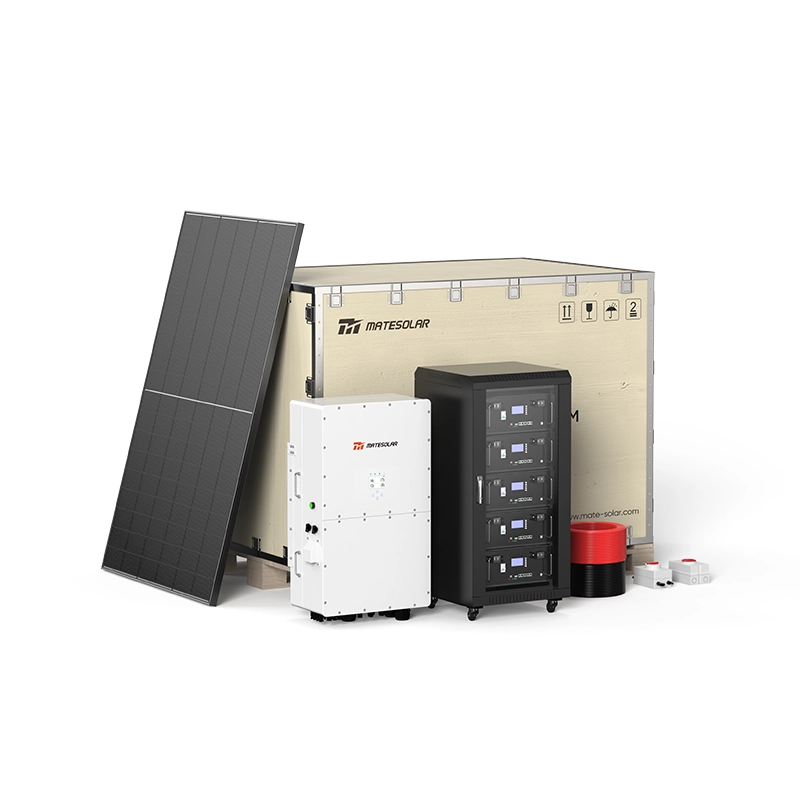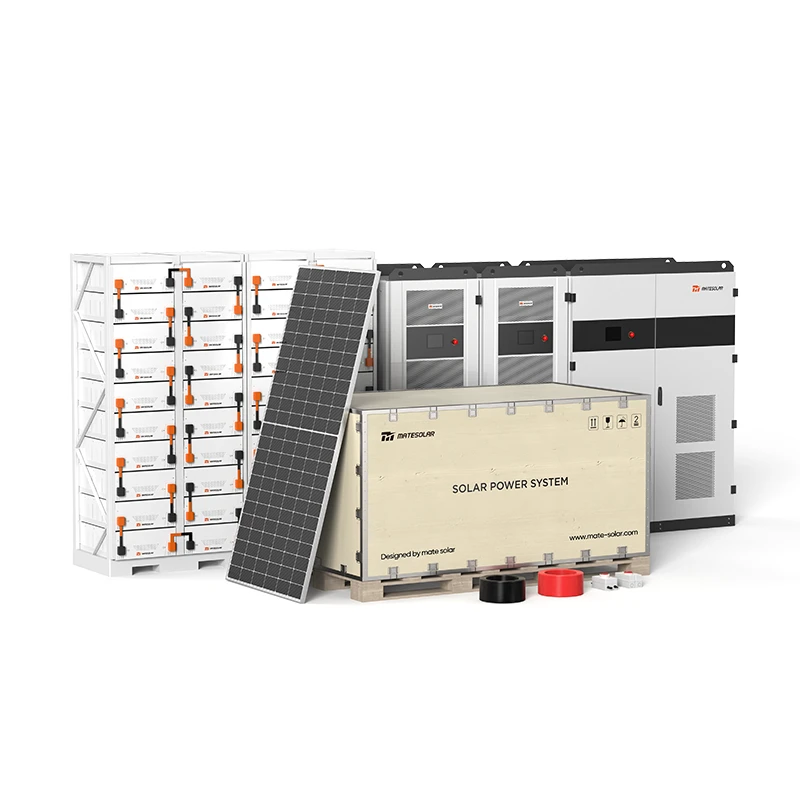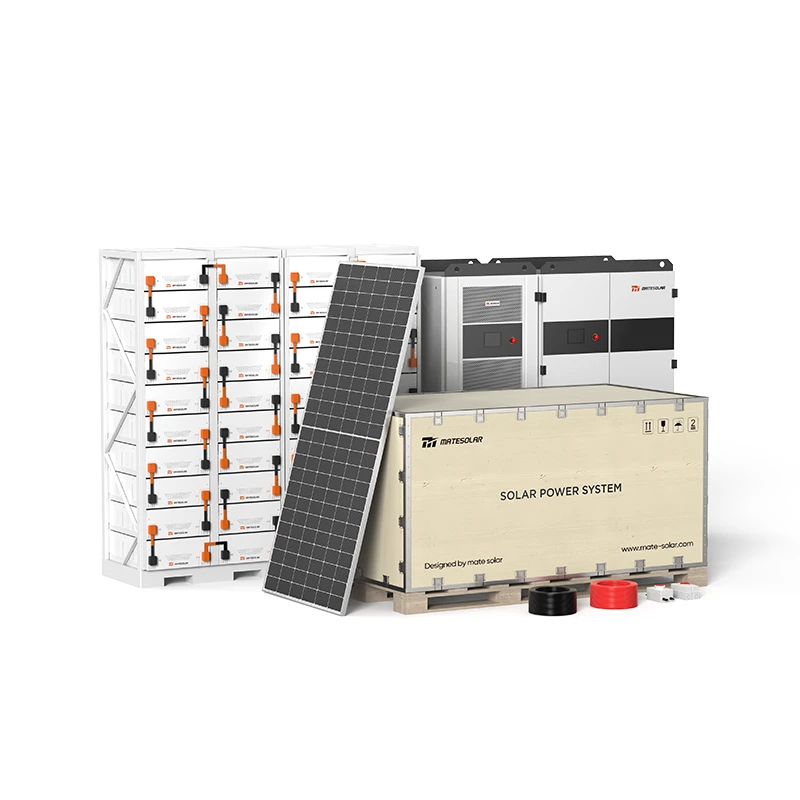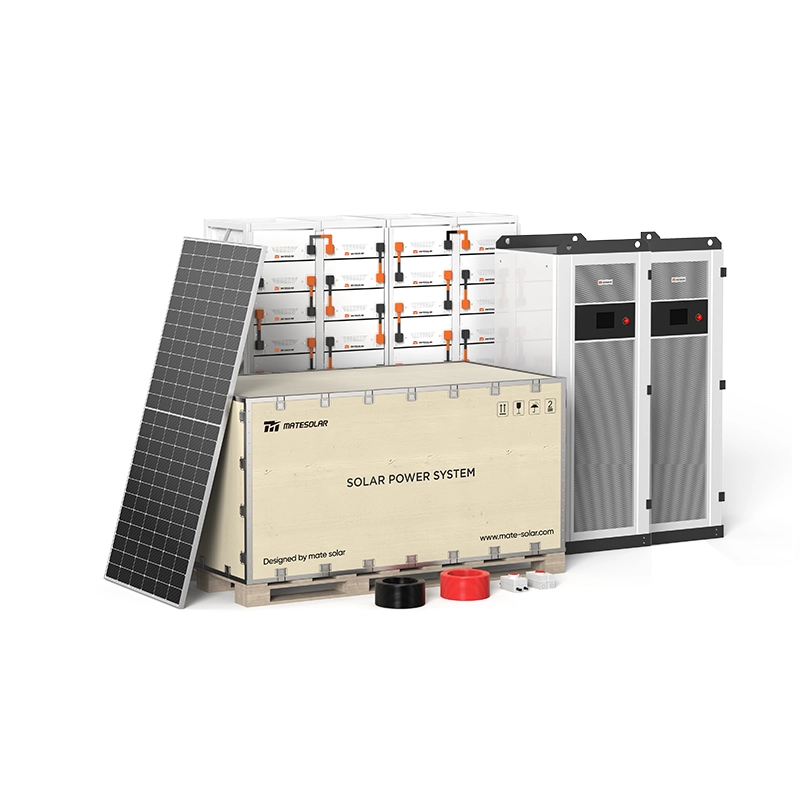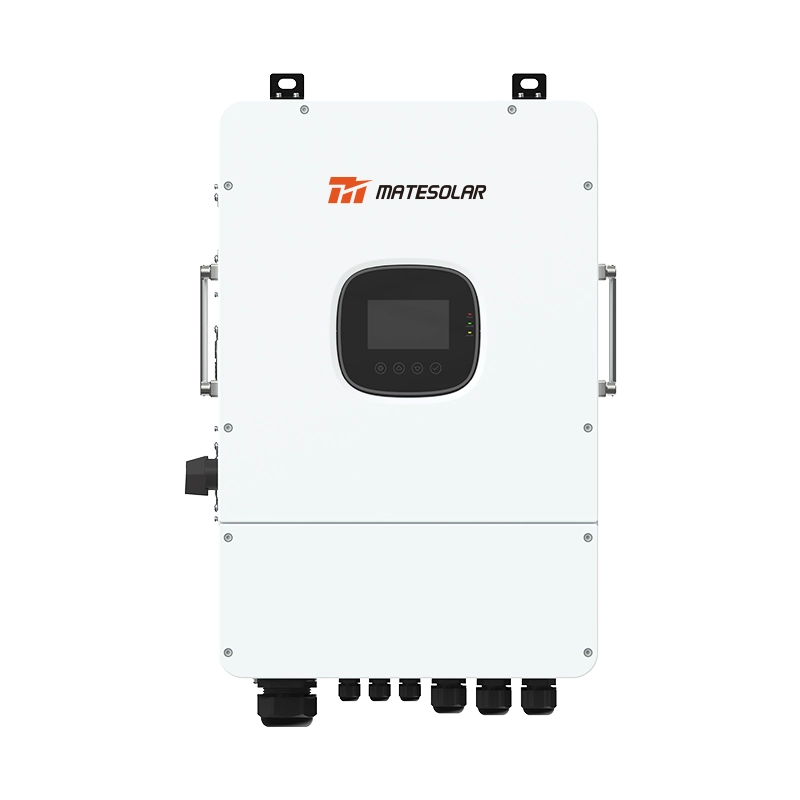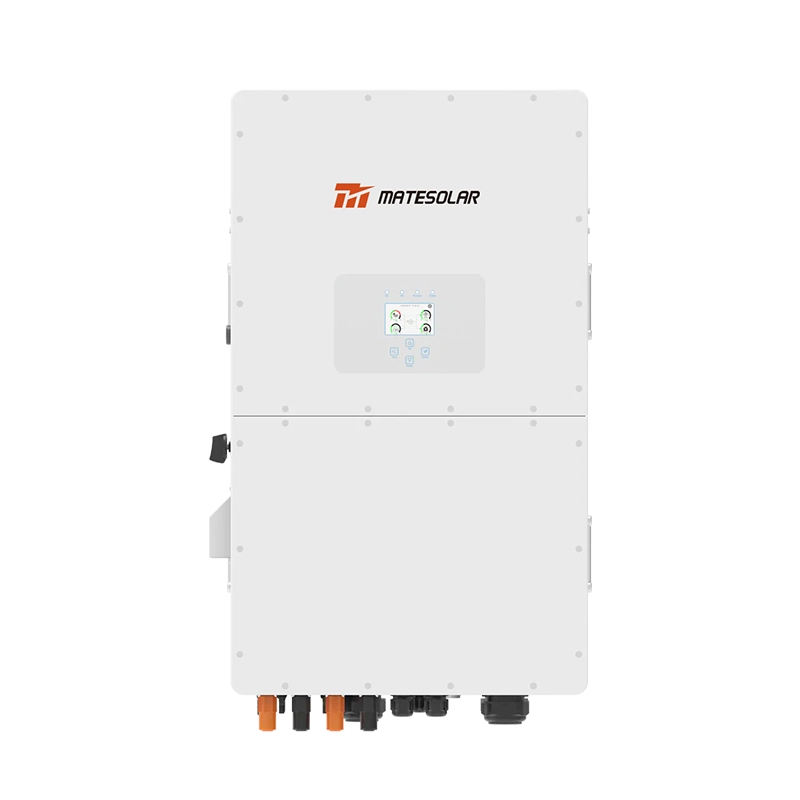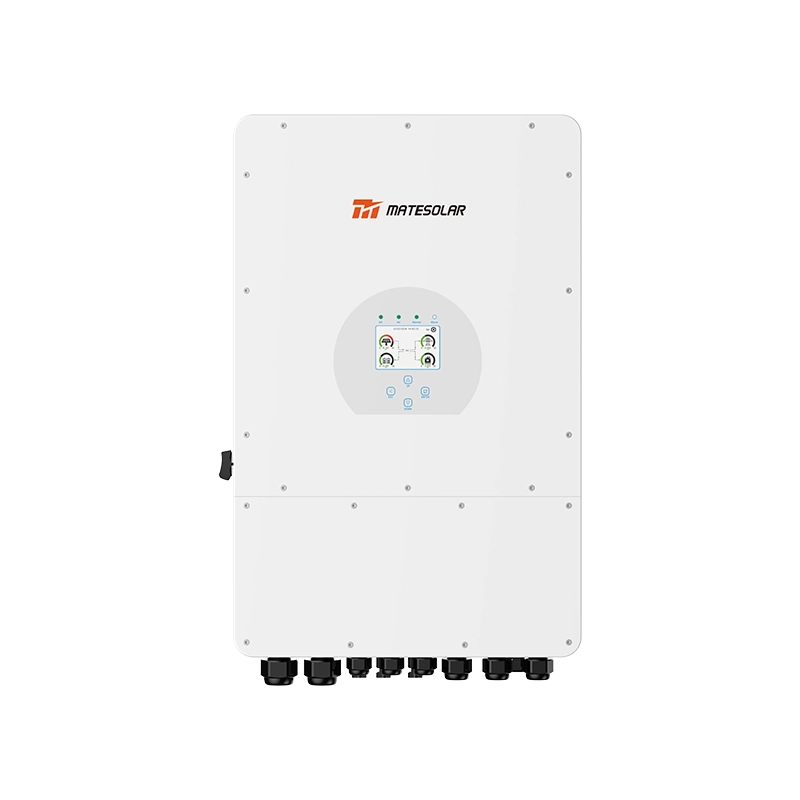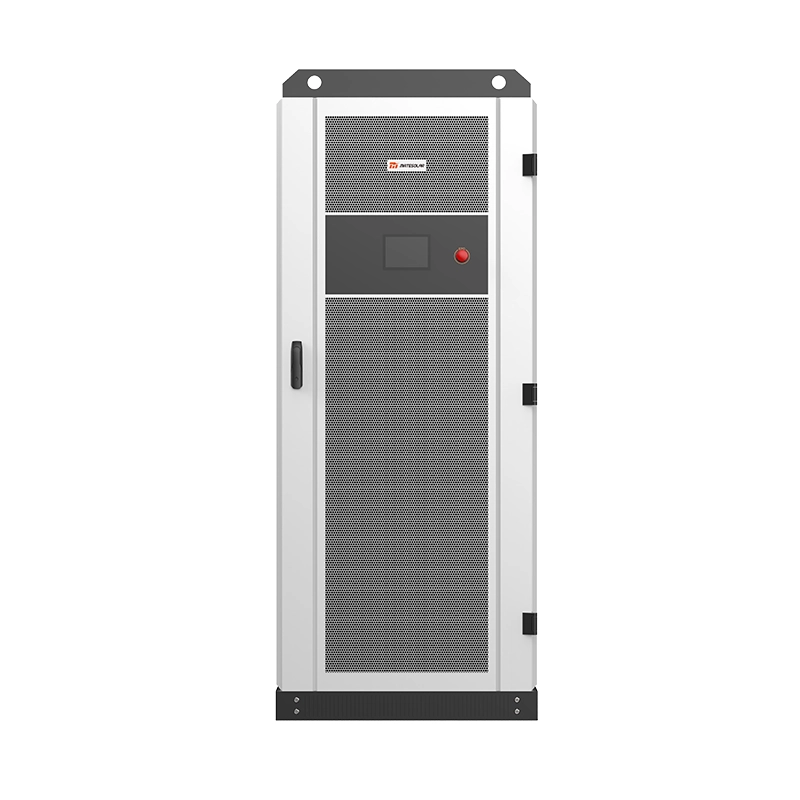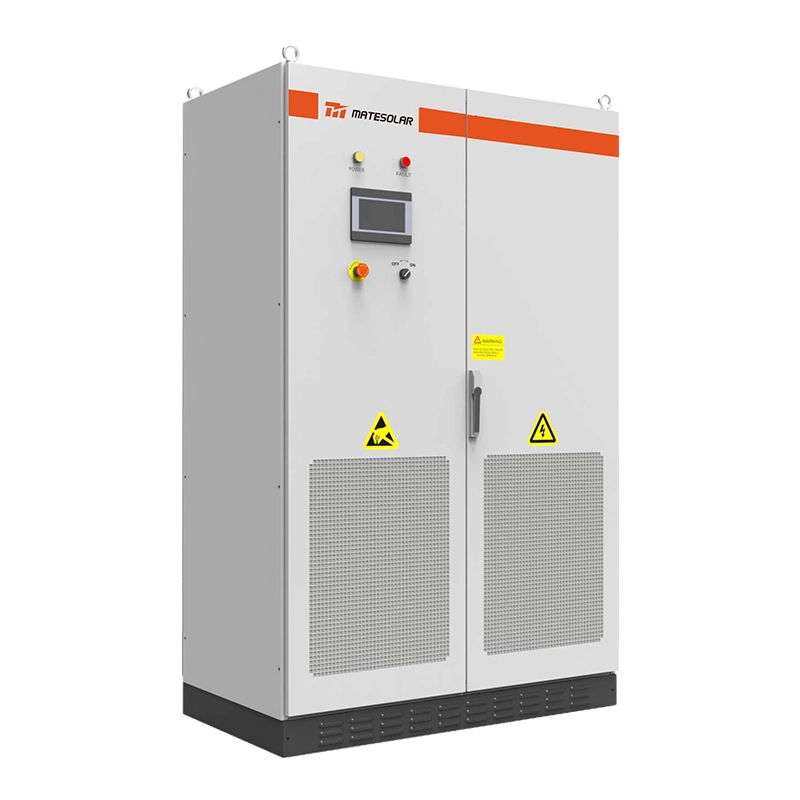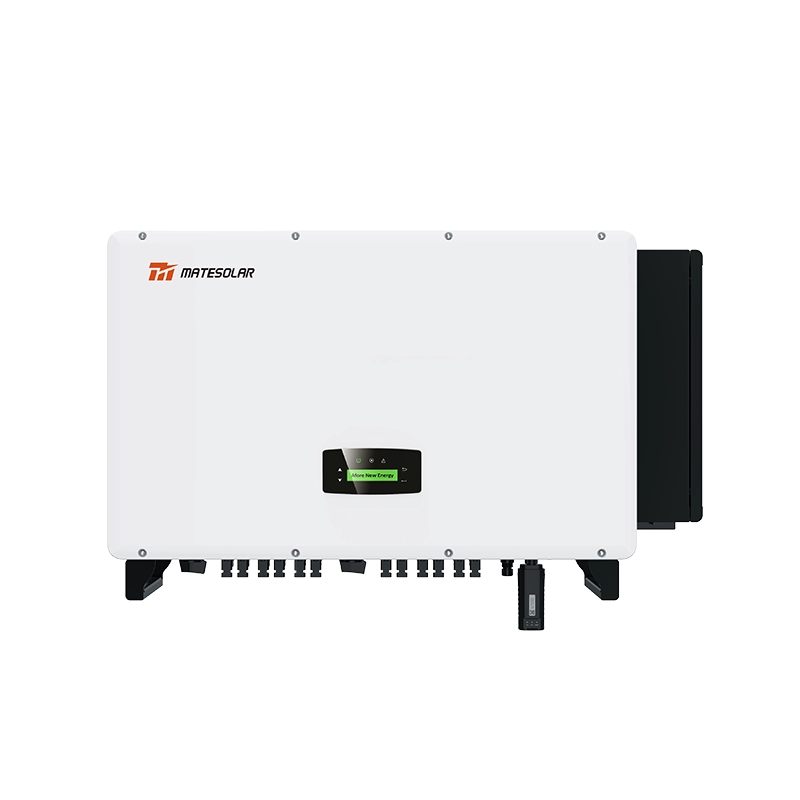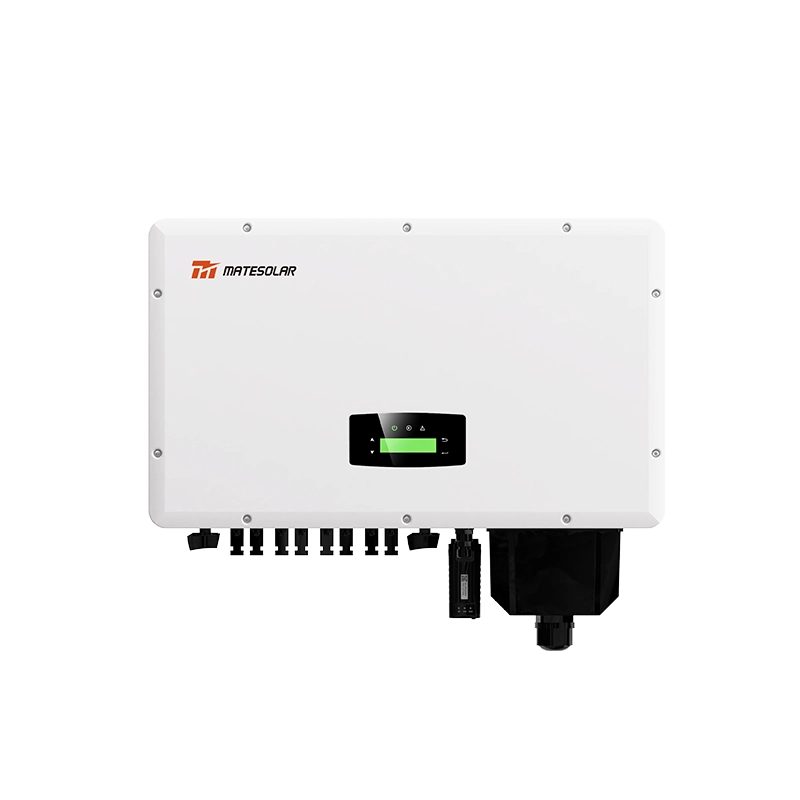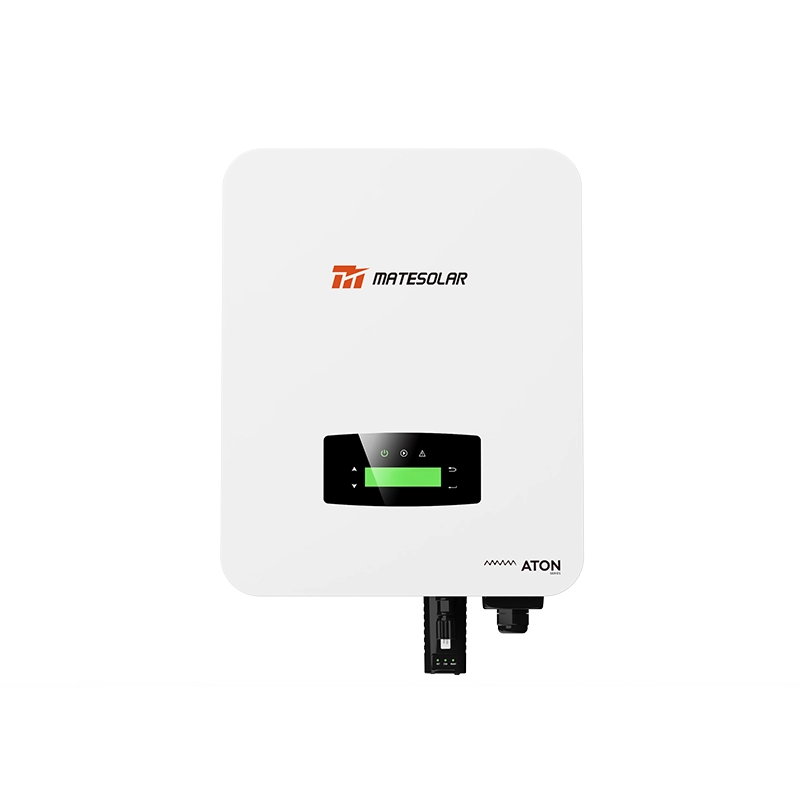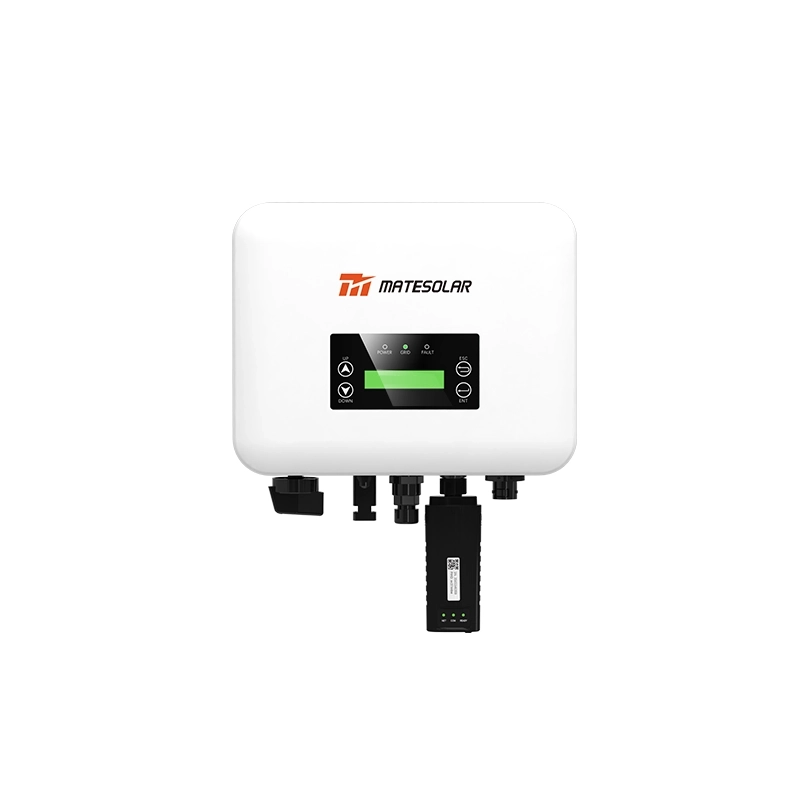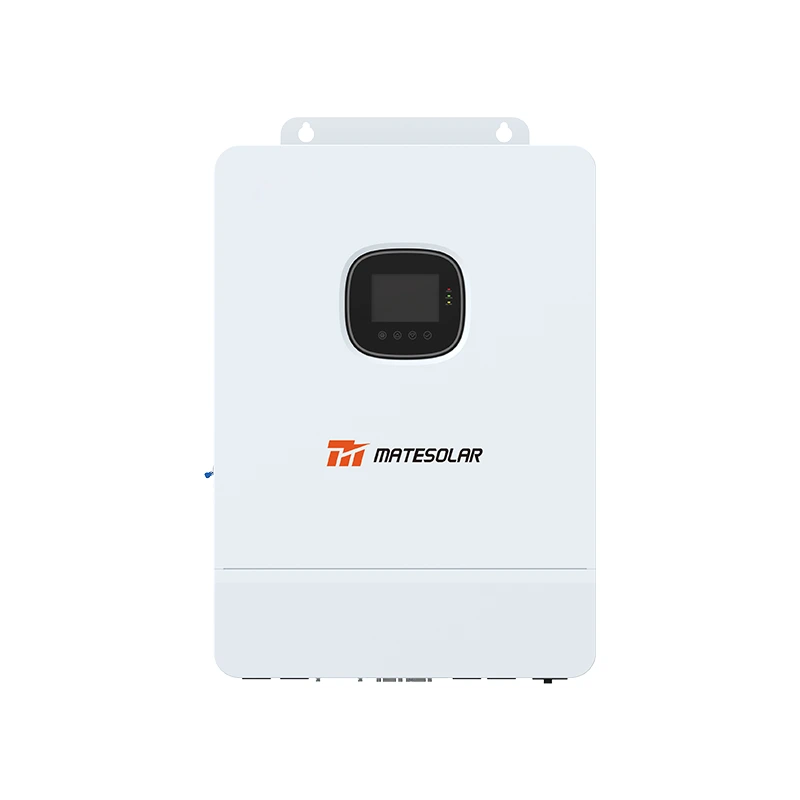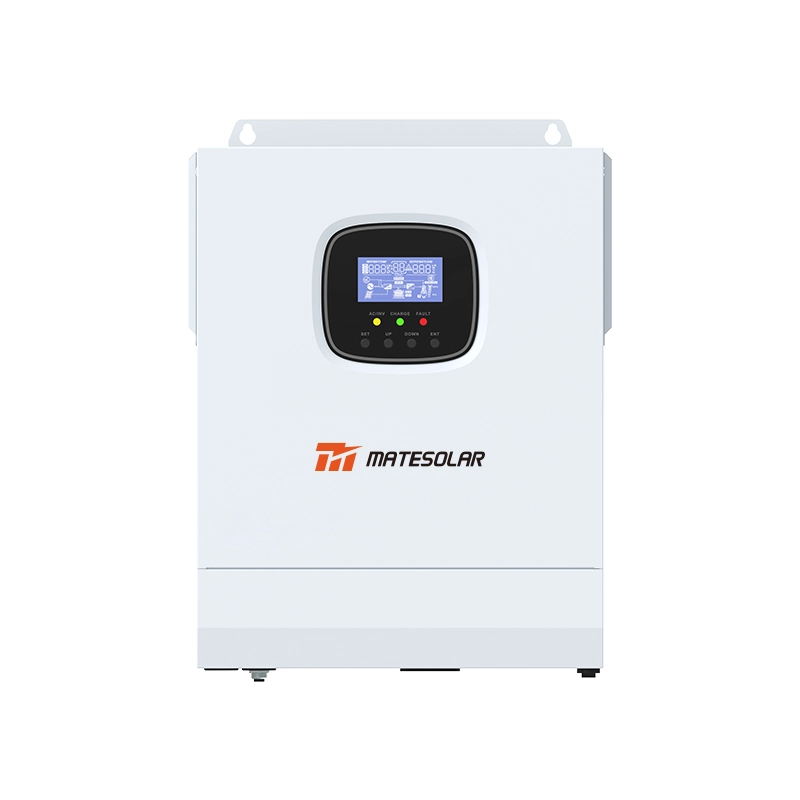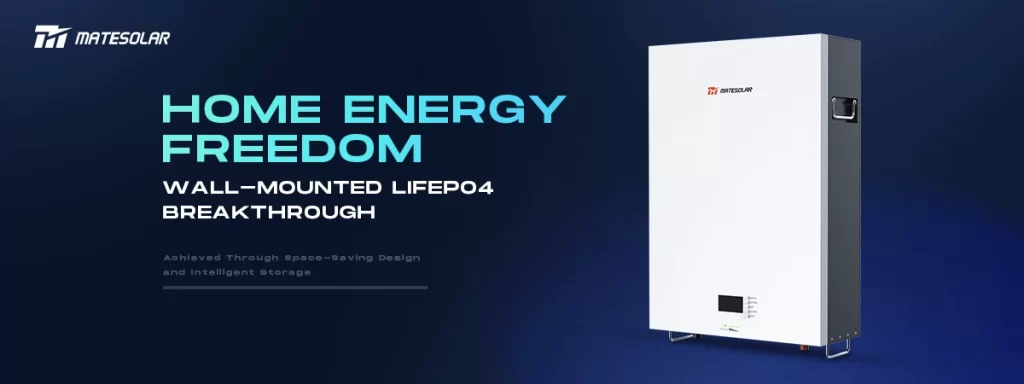
The global residential energy storage market is surging, with installations projected to exceed 14GWh in 2025—a 70% YoY increase—driven by grid instability, rising electricity costs, and policy shifts toward "self-consumption-first" distributed energy. At the heart of this revolution lies wall-mounted LiFePO4 (lithium iron phosphate) technology, which seamlessly merges high-density energy storage, aesthetic integration, and economic resilience.
The Triple Advantage: Utility, Economy, and Aesthetics
1. Space-Optimized Performance for Real-World Demands
Modern wall-mounted LiFePO4 units pack up to 16kWh of usable capacity within ultra-slim profiles (e.g., 130mm depth), enabling flexible deployment in apartments, garages, or utility rooms without floor footprint penalties. Innovations like modular stacking (supporting 32-unit parallel connections) allow capacity scaling from 10kWh to 320kWh—ideal for whole-home backup or EV charging integration. With cycle lives exceeding 6,000 cycles at 80% DoD, these systems operate maintenance-free for 10–15 years, far outperforming lead-acid alternatives. Crucially, they support 90% depth of discharge (DoD), releasing nearly all stored energy during outages—a critical feature in regions like South Africa, where grid reliability is poor.
2. Economic Resilience Through Intelligent Energy Management
Wall-mounted LiFePO4 transcends backup power—it’s an active revenue generator. Integrated BMS and AI-driven software (e.g., cloud-edge computing platforms like OxeanCloud) enable:
- Peak shaving: Capitalizing on time-of-use tariffs; e.g., a 10MW/20MWh project earns ¥330,000/year in China (¥0.7/kWh spread).
- Solar self-consumption optimization: Increasing solar utilization to >90%, slashing grid dependence.
- Long-term ROI: Despite 30% higher upfront cost vs. lead-acid, LFP’s 10-year lifespan delivers a lower levelized cost of storage (LCOS) at $0.15/kWh vs. $0.22/kWh for lead-acid
*Table 1: Economic Analysis of 10kWh LiFePO4 vs. Lead-Acid Battery Systems*
| Parameter | LiFePO4 | Lead-Acid |
| Upfront Cost | $3,500 | $2,500 |
| Cycle Life (80% DoD) | 6,000+ | 500 |
| Lifetime | 10 years | 3 years |
| LCOS ($/kWh) | 0.15 | 0.22 |
| Annual Maintenance Cost | $0 | $120 |
| 10-Year Total Cost | $3,500 | $8,260 |
3. Design Invisibility: When Technology Disappears Into Walls
Aesthetics drive adoption. Patent-pending designs like screwless enclosures (e.g., Mercer’s magnetic-sealed panels) conceal all fasteners and cabling, while textured finishes blend with modern interiors. Hidden interfaces and flush-mounting capabilities reduce protrusion to <140mm, requiring minimal wall strength (15kg/m² load). These advances transform batteries from eyesores to invisible energy assets—critical for urban apartments where space and design matter
Technical Frontiers: Safety, Density, and Intelligence
Core Innovations
- Nano-Grade Electrodes: Sol-gel synthesized LiFePO₄ particles (50–100nm) boost ionic conductivity by 30%, achieving 96% round-trip efficiency even at -5°C.
- Thermal Runaway Prevention: Multi-tier safety protocols include pack-level liquid cooling (≤3°C cell temperature delta), independent fluoroketone fire suppression, and AI-driven BMS fault prediction.
- Grid-Forming Intelligence: Huawei’s FusionSolar 8.0 enables off-grid microgrid operation with synthetic inertia—mimicking traditional generators for blackout resilience.
*Table 2: Wall-Mounted LiFePO4 Performance Benchmarking (2025 Models)*
| Model | Capacity | Dimensions (mm) | Cycle Life | DoD | Round-Trip Eff. | Smart Features |
| Cooli 16kWh | 16kWh | 600x800x150 | 6,000+ | 90% | 95% | CAN/RS485 inverter comm |
| Eve 10kWh Slim | 10kWh | 500x700x130 | 8,000 | 95% | 96% | Bluetooth/Wi-Fi, Stackable |
| MateSolar E | 12kWh | 550x750x140 | 7,500 | 92% | 96.5% | V2G, AI tariff optimizer |
Q&A: Addressing Critical Deployment Concerns
Q1: How do wall-mounted batteries mitigate fire risks in homes?
A: Triple-layered protection includes: 1) Cell-level "zero current loop" design isolating thermal events; 2) AS9100D aviation-grade quality control; 3) Cloud BMS with 24/7 thermal tracking—triggering air conditioning cooldowns before anomalies escalate.
Q2: Can these systems function during extended grid outages?
A: Yes. With grid-forming inverters (e.g., Huawei’s FusionSolar), they create stable microgrids using solar/battery power. Systems like MateSolar Hive sustain 5kW loads for 24+ hours without grid support.
Q3: What about recycling?
A: LiFePO4’s cobalt-free chemistry allows 95% recovery of lithium/iron via direct shredding. EU-mandated recycling passports now track material circularity—e.g., each 10kWh unit contains 58kg of recyclable metals
The Future: Self-Powered Homes as Grid Assets
Emerging capabilities like vehicle-to-grid (V2G) discharging and virtual power plant (VPP) aggregation will turn homes into active grid stabilizers. In California, VPPs already pay homeowners $1/kWh for outage reserves. Meanwhile, saltwater-resistant designs (1,000-hour salt spray tested) enable coastal deployments, while AI predicts aging 18 months in advance—slashing replacement costs.
*MateSolar—a global provider of integrated solar-storage solutions—leverages these breakthroughs in our Y Series. Combining 12kWh wall-mounted storage, TOPCon BC panels (24.4% efficiency), and AI-driven energy orchestration, we deliver 100% energy independence without compromising living spaces. Because the future of energy isn’t just powerful—it’s invisible.*





